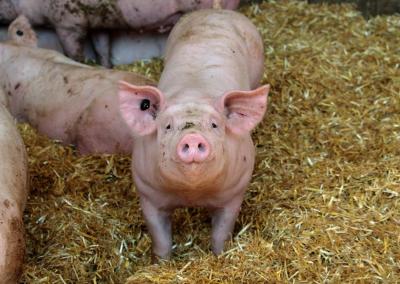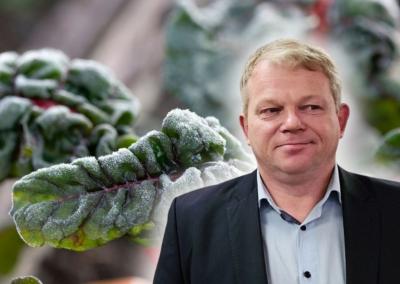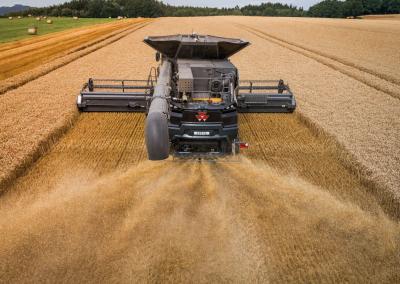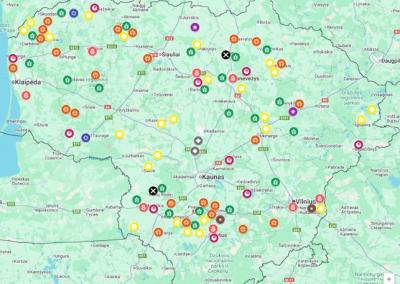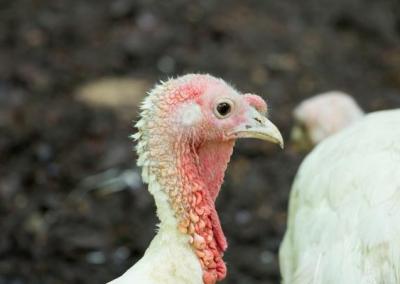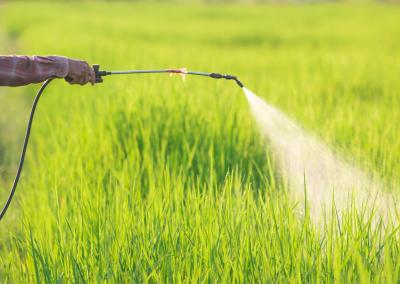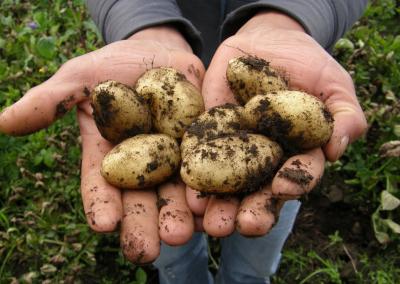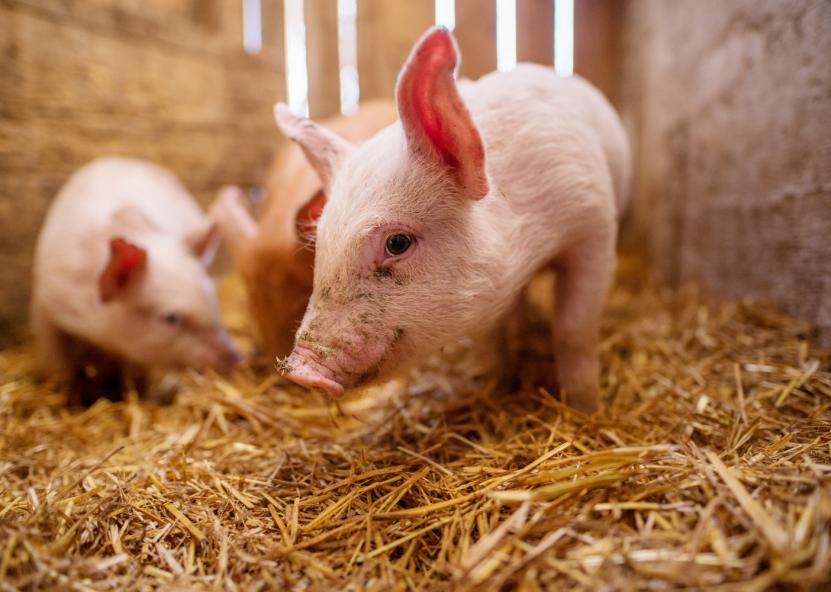Use of antibiotics increases as diseases spread in the UK pig sector
The amount of antibiotics used on pig farms in the UK increased by 18% in 2023 as farmers were affected by a range of diseases, reports Farminguk.com.
New data shows that antibiotic use in the UK pig population has increased from 72 mg/PCU (milligrams per population correction unit) in 2022 to 85 mg/PCU last year.
This increase breaks a steady decline in use since 2015, according to data from the AHDB's Electronic Medicines Book (eMB). However, the rate in 2023 was still lower than in 2021, indicating that the trend is still downwards. Despite the overall decline, the use of critically important antibiotics has almost decreased. No use of colistin in pigs was reported.
AHDB indicated that after a 69% reduction in use over nine years, a small increase was always expected, especially if there were disease problems on farms.
Pigs on some farms have suffered from a range of diseases in the past year, particularly swine dysentery.The National Pig Association of Britain (NPA) said that while the data showed an increase in the use of antimicrobials, the industry remains committed to the responsible use of antimicrobials.
The organisation's senior policy adviser, Katie Jarvis, explained that responsible use also means that sick pigs should be treated as needed. According to the expert, the loss of zinc oxide after its use was discontinued in 2023 was also a definite factor. Producers resorted to antibiotics to treat diarrhoeic pigs.
She said: „Last year the industry faced a number of disease-related challenges, compounded by a lack of vaccines. This problem is likely to persist as the UK has very limited vaccine production capacity. In addition, the withdrawal of zinc oxide - a product that reduces post-weaning diarrhoea - may lead some producers to return to the use of antibiotics to control diarrhoea.
The results are not expected to be seen until next year, when the 2024 data are published.


